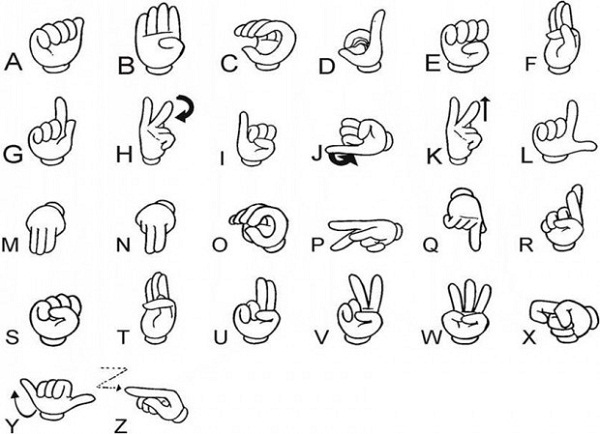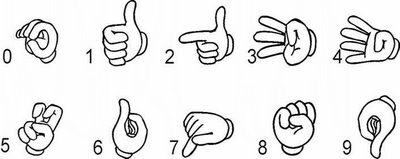LIBRAS is the acronym for Brazilian Sign Language, a set of gestural forms used by hearing impaired people to communicate between them and other people, whether they are deaf or hearing.
It has its origins based on French sign language and is one of the sets of signs in the world with the purpose of making communication between people with hearing impairments.
How does LIBRAS communication happen?
Each country has its own language structure, which can even vary from region to region, depending on the local culture and the expressions and regionalisms used in common language.
Therefore, the Brazilian Sign Language does not work with the simple gestures of the Portuguese language through the alphabet. Communication takes place at different linguistic levels, through interpretation and the relationships between the elements that make up a sentence.
Thus, its main difference in relation to the communication of listeners is in the way in which language is articulated, which takes place in a visual-spatial way and not through the emission of sounds.
To communicate using Brazilian Sign Language, in addition to knowing the signs, it is also necessary know the grammatical structures to combine sentences and establish communication correctly and effective.
POUNDS law
In Brazil, the Brazilian Sign Language was established through law nº 10.436/2002 as the official language of deaf people.
Single paragraph. Brazilian Sign Language - LIBRAS is understood as the form of communication and expression, in which the linguistic system of a visual-motor nature, with their own grammatical structure, constitute a linguistic system for the transmission of ideas and facts, coming from communities of deaf people in the Brazil.
The law defines that it is the obligation of governments to guarantee ways to encourage the use and dissemination of Brazilian Sign Language in public institutions. The law also made it mandatory to teach LIBRAS in Special Education training courses, in high school and in higher education. The rule applies to the federal, state and municipal education system.
Brazilian Sign Language can also be spread and learned by interpreters, who can be hearing people specialized in working with deaf people. The role of interpreter is still growing, but it has already been recognized and regulated through Law No. 12,319/2010.
Alphabet in POUNDS
In addition to the interpreter profession, other mechanisms and instruments for the dissemination of language help make the Brazilian Sign Language more accessible to everyone, such as the POUNDS dictionary, training courses and the alphabet in POUNDS, as shown in the image below:

See too: alphabets
Numbers in POUNDS
The following are the POUNDS signs for cardinal numbers:

To express the ordinal numbers (first, second, third, fourth...), just make the same signs for the cardinal numbers, but shaking slightly with your hand.
Signs of POUNDS
The signs of this language arise from the combination of hand movements and articulation points, which are places in the human body itself or in the space where the signs are made. Language also includes the use of facial and body expressions. In this way, the Brazilian Sign Language sets up a linguistic system for transmitting ideas and facts.
There are some peculiarities of the language that facilitate its understanding, such as the fact that verbs are always presented in an infinitive way and that personal pronouns do not exist. The existence of these rules makes the language user always point out the person to whom he/she refers to be better understood.
Learn more about the meaning of Accessibility.
